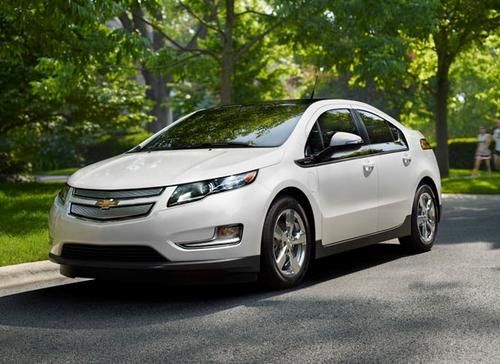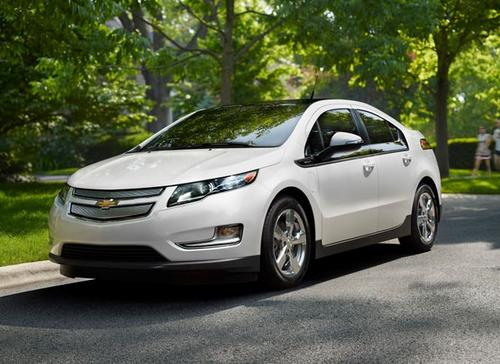Chevy Volt Tech Watch: Regenerative Braking
November 11, 2011

Just as the Chevy Volt uses an electric motor to propel you forward, it uses the same motor to help slow you down. When you either lift your foot from the accelerator or press on the brake pedal, the main drive motor temporarily operates as a generator, working to partially recharge the battery bank. In this mode, the motor produces a drag on the front wheels, slowing the car, though not to a complete stop. As the car slows, the effect of the regenerative braking fades out and the friction brakes take you the rest of the way to a full stop.
GM tuned the Volt's control software so that the car drives like a snappy gas-powered car with an automatic transmission. If you want your Volt to drive more like a sports car with a manual transmission, do the following:
Take off and get up to a reasonable speed.
Shift the transmission selector to the Low setting. This engages electric motor braking when you're coasting.
Press the dashboard Sport mode button. This will give you a bit more zip at higher RPMs.
Now take your foot off the gas pedal.

The Low setting makes the Volt's regenerative braking considerably more aggressive, like driving a manual transmission car in second or third gear. You'll slow down quickly without needing to tap the brake pedal, though you'll still need to do that to come to a complete stop. Doesn't that feel more like you're driving a sports car?
How Well Does It Work?
Just how efficient is the Volt's regenerative braking system, and how well does it work? You know the answer to that: it depends.

regenerative efficiency
GM used the Environmental Protection Agency's City Driving Cycle Federal Test Procedure (FTP) to rate the Volt's All Electric Range (AER). The maximum regenerative deceleration achieved during these tests was 0.315g, at which point the efficiency of the regenerative braking system was just under 75 percent. As the car slows down, the efficiency drops rapidly below 0.1g, at which point you're increasingly reliant on the friction brakes. At higher speeds, the effect of regenerative braking is outweighed by wind drag and tire friction.
About the Author(s)
You May Also Like



.jpg?width=300&auto=webp&quality=80&disable=upscale)


